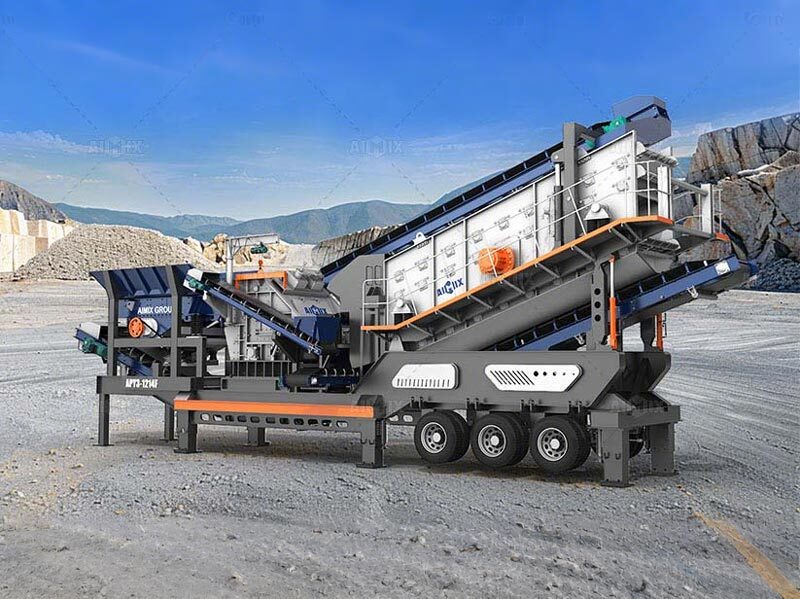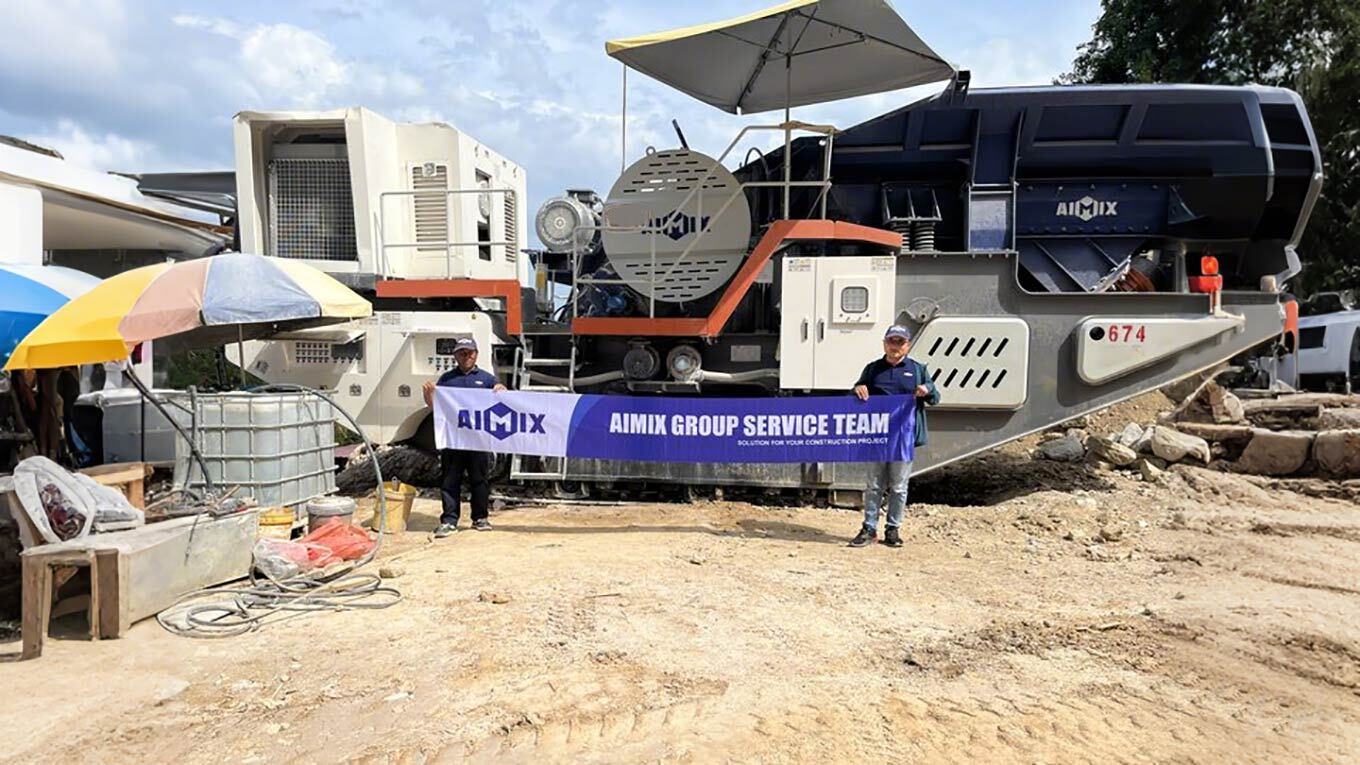The journey from rugged quarry boulders to precisely graded gravel is a testament to human ingenuity in materials processing. Modern crushing technology has transformed what was once a labor-intensive, inconsistent operation into a highly precise science capable of producing aggregates to exacting specifications. At the heart of this transformation lies the crusher machine - a piece of equipment that has undergone remarkable evolution from its primitive predecessors to today's computerized systems. These technological advancements have not only increased efficiency but also expanded the range of possible applications for processed gravel in construction and infrastructure projects.
Early crushing methods relied on brute force with little control over final product characteristics. Today's stone crusher machines incorporate sophisticated engineering principles that allow operators to produce multiple aggregate sizes from a single feed material, with precise control over particle shape and gradation. This precision matters tremendously in applications ranging from road base construction to architectural concrete, where aggregate properties directly influence performance and aesthetics. The crusher machine has become the cornerstone of modern aggregate production, enabling the creation of materials tailored to specific engineering requirements.
The Mechanical Revolution in Crushing
The transition from manual crushing to mechanical systems marked the first major leap in gravel production. Early crusher machines like the Blake jaw crusher (patented in 1858) introduced the concept of controlled, repetitive compression for size reduction. These rugged machines could handle massive boulders, but produced irregularly shaped aggregates with limited size control. The development of gyratory crushers in the early 20th century improved throughput and reliability, though product consistency remained challenging.

Modern crusher machines address these limitations through advanced chamber designs and adjustable crushing parameters. Cone crushers, for instance, now feature hydraulic adjustment systems that maintain optimal crushing geometry even as wear parts deteriorate. This ensures consistent product quality throughout the crusher machine's operational life - a critical factor for meeting today's stringent aggregate specifications. The ability to precisely control closed-side settings allows single crusher machines to produce multiple product grades simultaneously, revolutionizing plant layouts and efficiency.
Precision Engineering for Superior Aggregates
Contemporary crushing technology focuses as much on particle shape as on size reduction. Modern gravel crusher machine employ interparticle crushing principles that create cubical aggregates with optimal packing characteristics. This represents a dramatic improvement over earlier technologies that tended to produce flaky or elongated particles unsuitable for high-performance applications. Vertical shaft impact crushers take this further, using high-speed rotors to fracture stone through kinetic energy, yielding exceptionally well-shaped aggregates.
The latest crusher machines incorporate real-time monitoring systems that track performance metrics and automatically adjust operation parameters. Load sensors, vibration monitors, and automated setting adjustments work in concert to optimize crushing efficiency while protecting the equipment. Some advanced models even feature predictive maintenance capabilities, analyzing operational data to anticipate wear patterns and schedule component replacements before failures occur. This level of sophistication ensures continuous production of high-quality gravel while minimizing unplanned downtime.
Sustainable Crushing for Modern Demands
Environmental considerations have become central to crusher machine development. Modern units feature dust suppression systems and noise reduction technologies that minimize their ecological footprint. Energy efficiency has improved dramatically, with some crusher machines recovering and reusing energy during the crushing cycle. These advancements align with the growing demand for sustainable construction materials and processes.

The crusher machine's role in recycling represents another significant evolution. Many units now process demolition concrete and asphalt alongside virgin stone, creating high-quality recycled aggregates. This capability has transformed the crusher machine from purely a production tool to a key component in circular material economies. Some innovative plants even use crusher machines as the centerpiece of mobile recycling operations, bringing aggregate production directly to demolition sites.
From primitive stone-breakers to today's computerized crushing systems, the crusher machine has undergone a remarkable transformation. This evolution continues as digital technologies and material science advancements push the boundaries of what's possible in aggregate production. The modern mobile crusher machine stands as a symbol of how engineering innovation can turn raw stone into precisely engineered construction materials - one that will undoubtedly continue to shape our built environment for generations to come.

